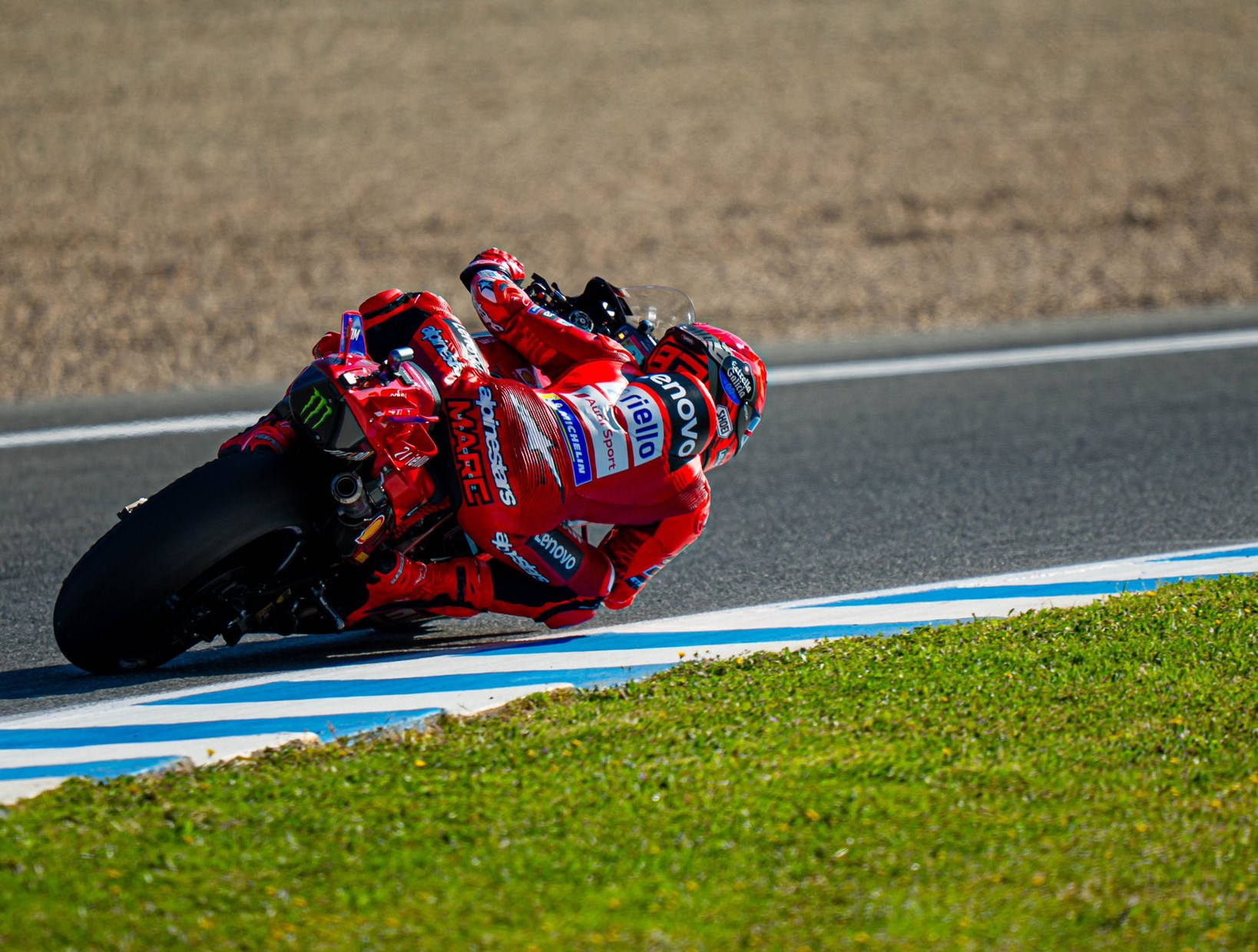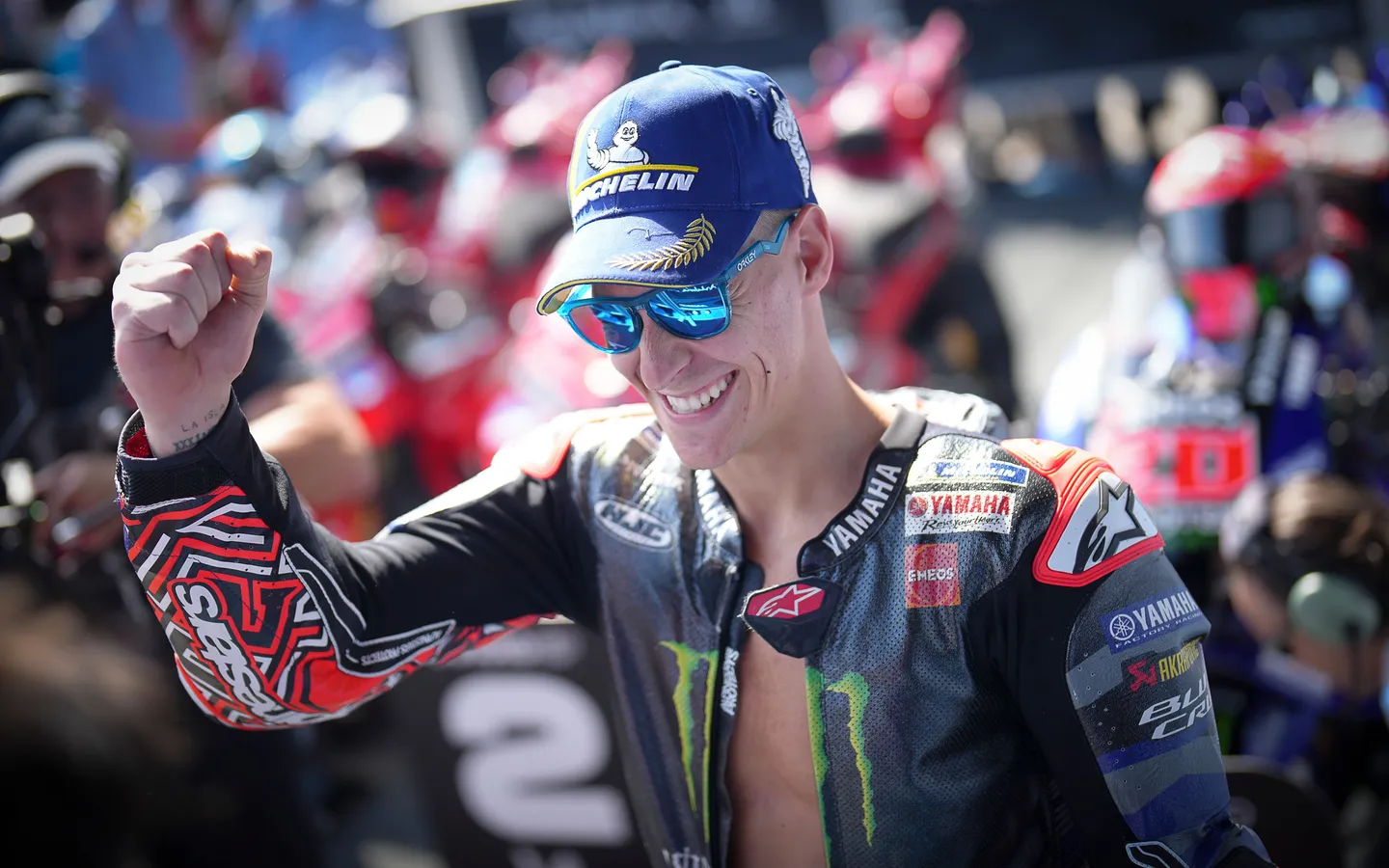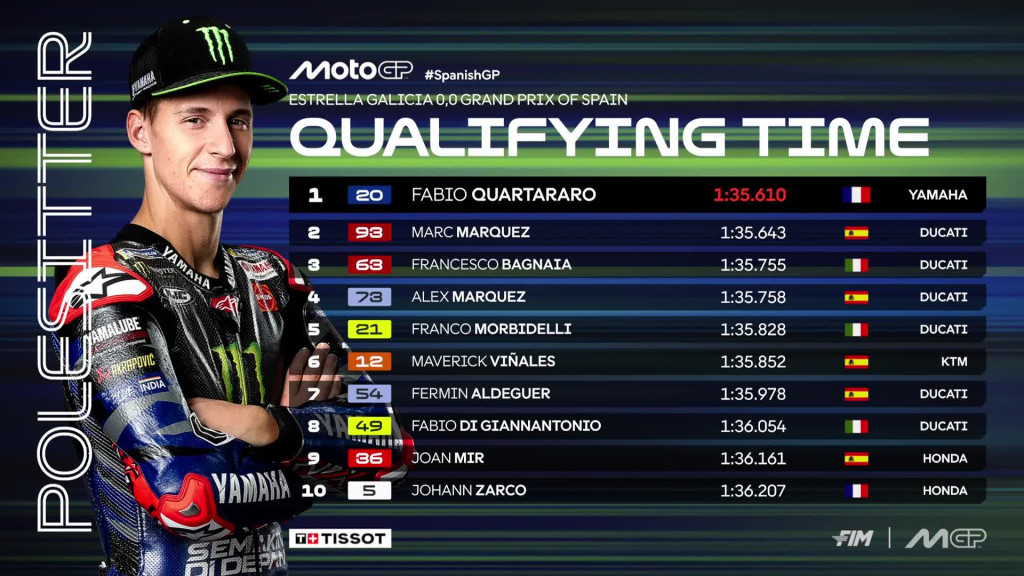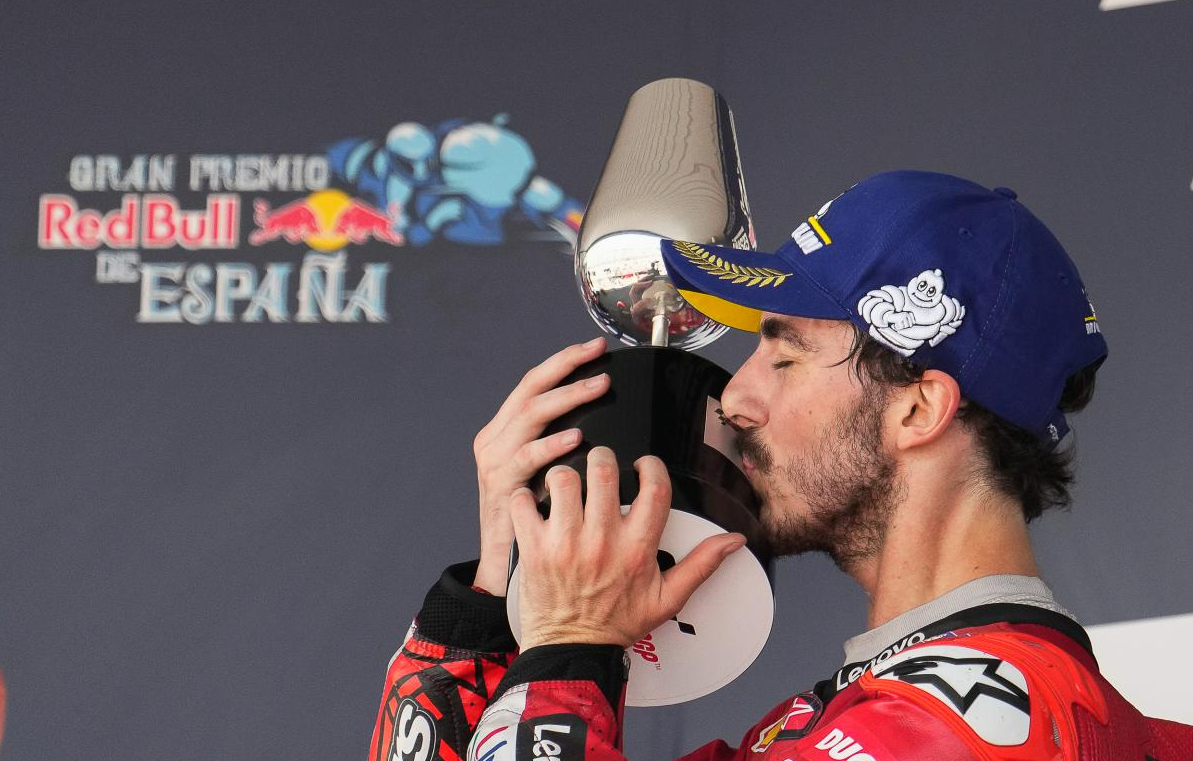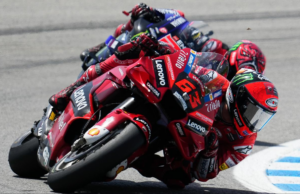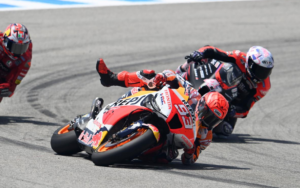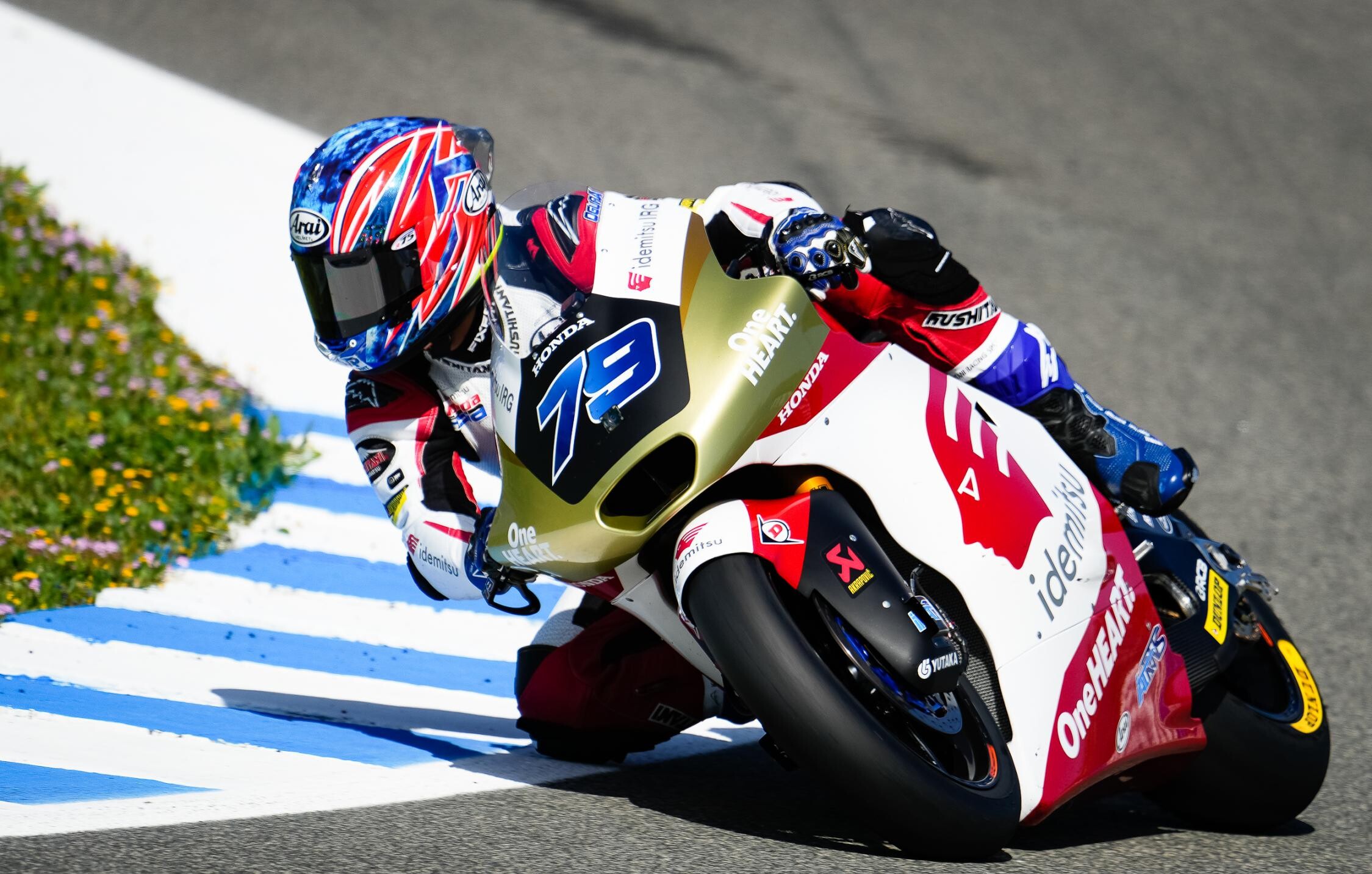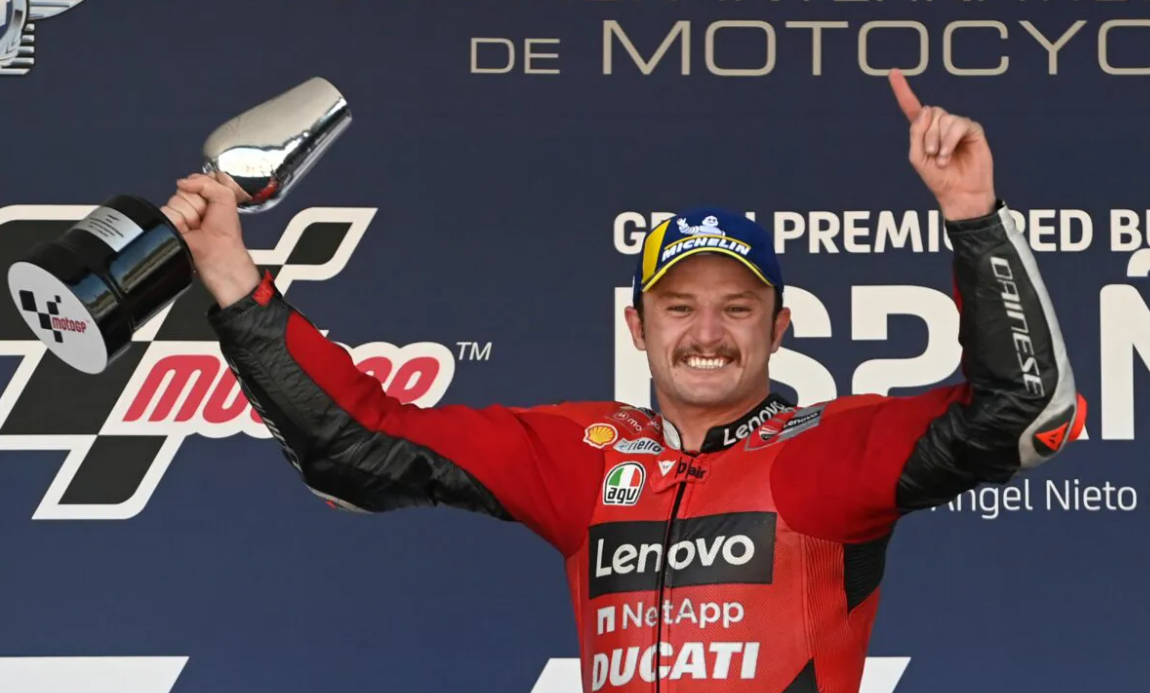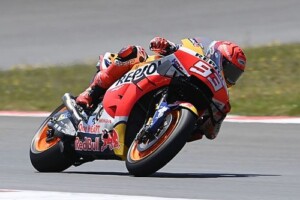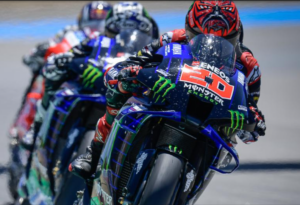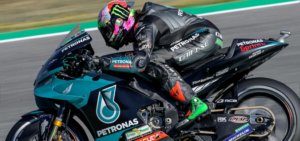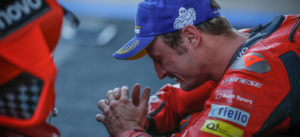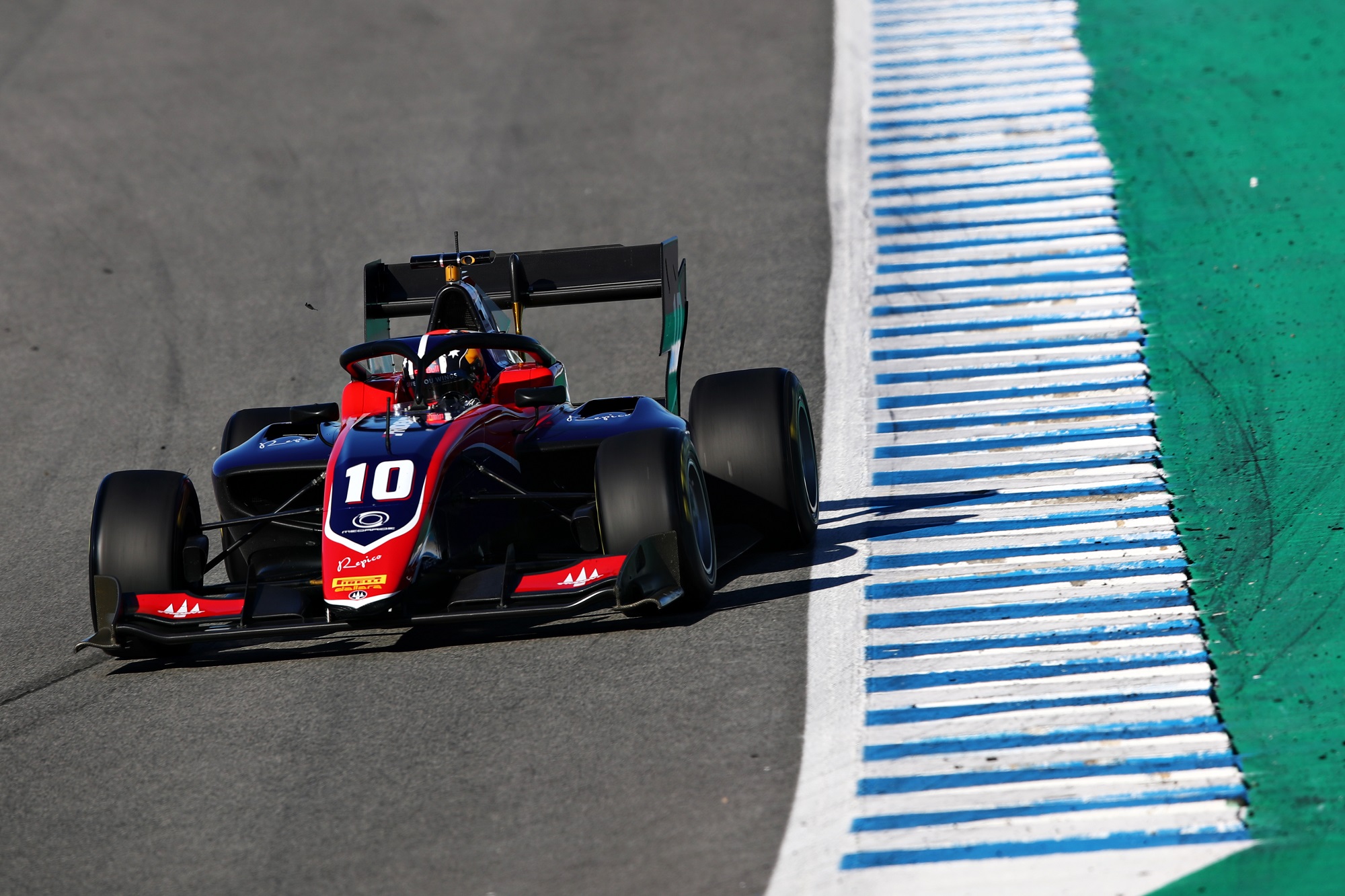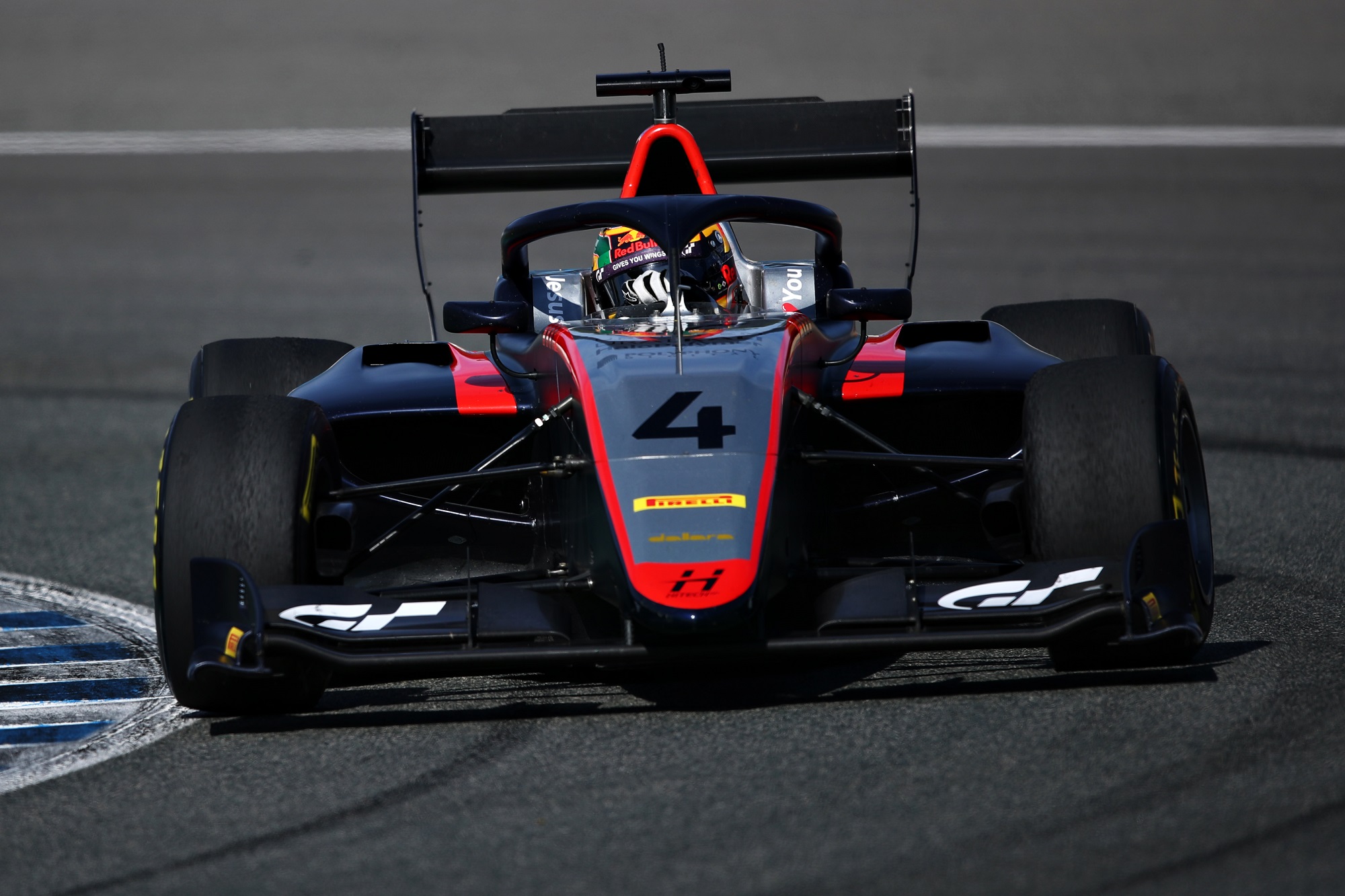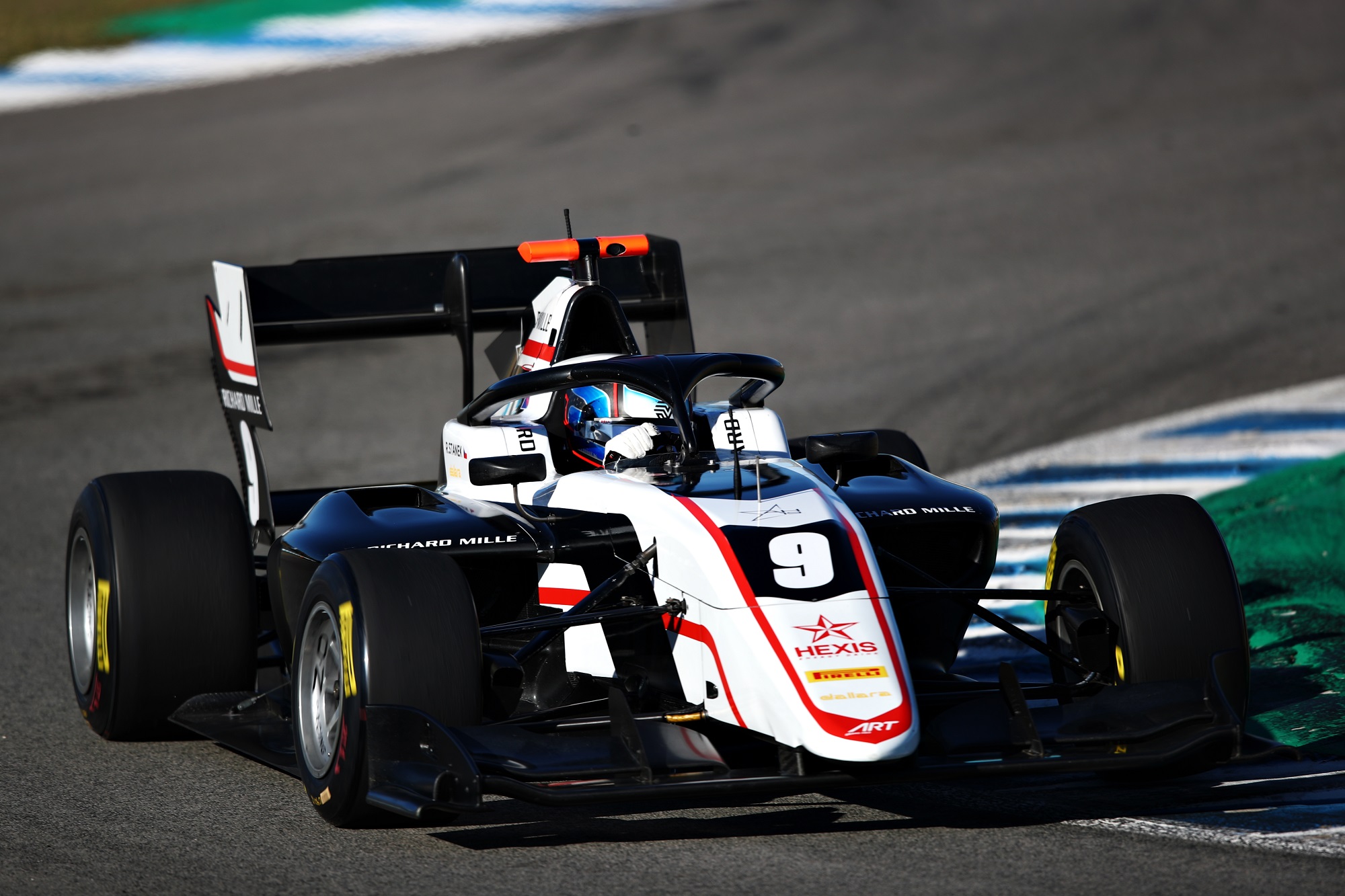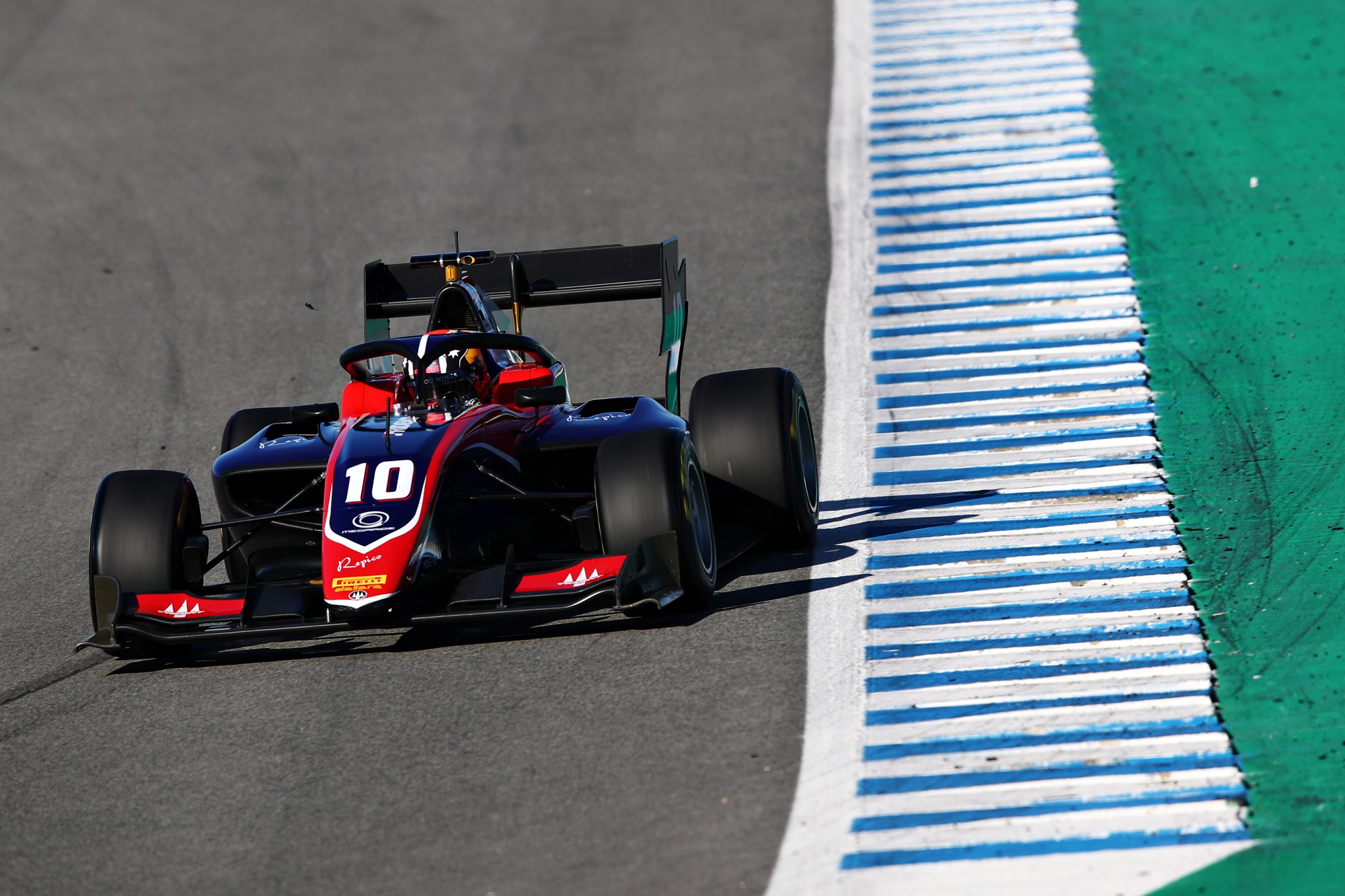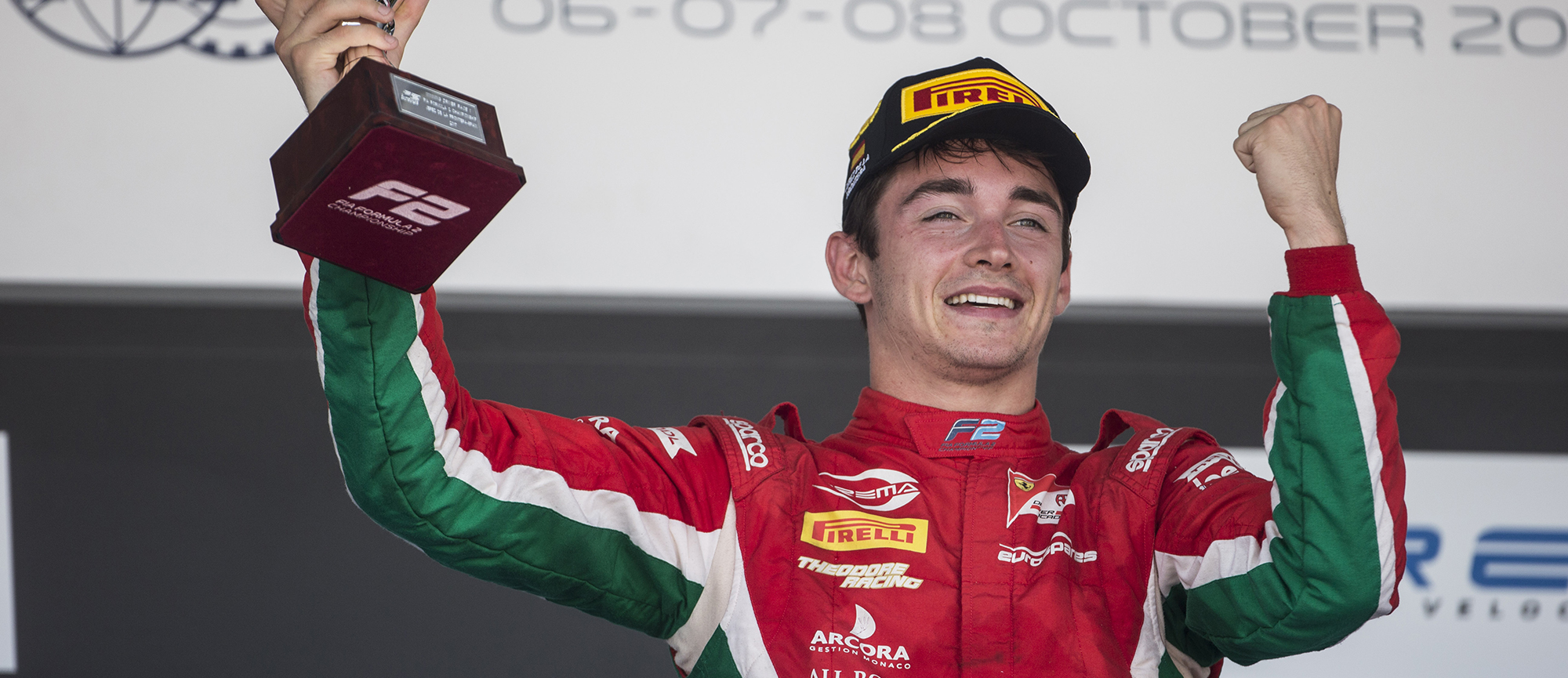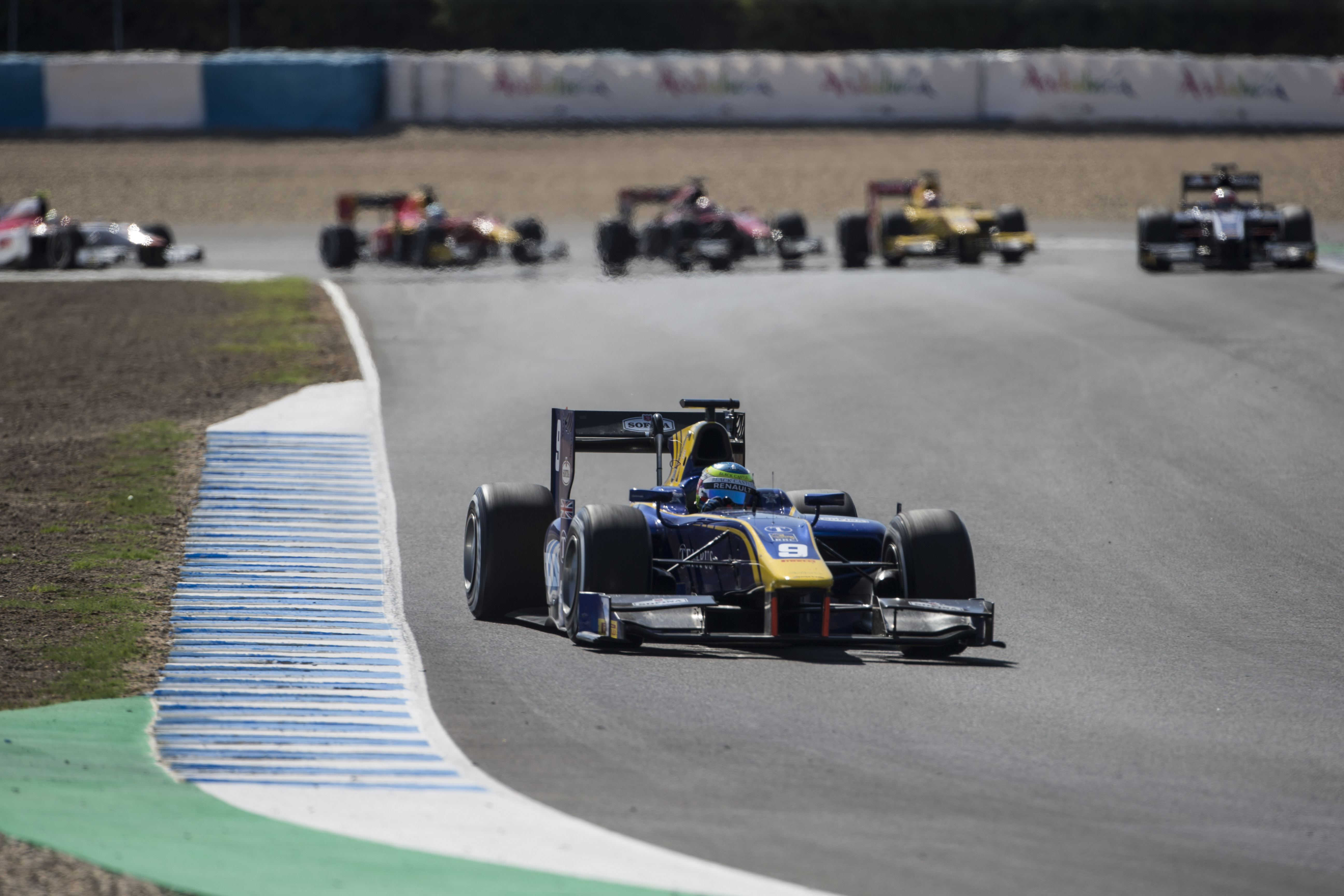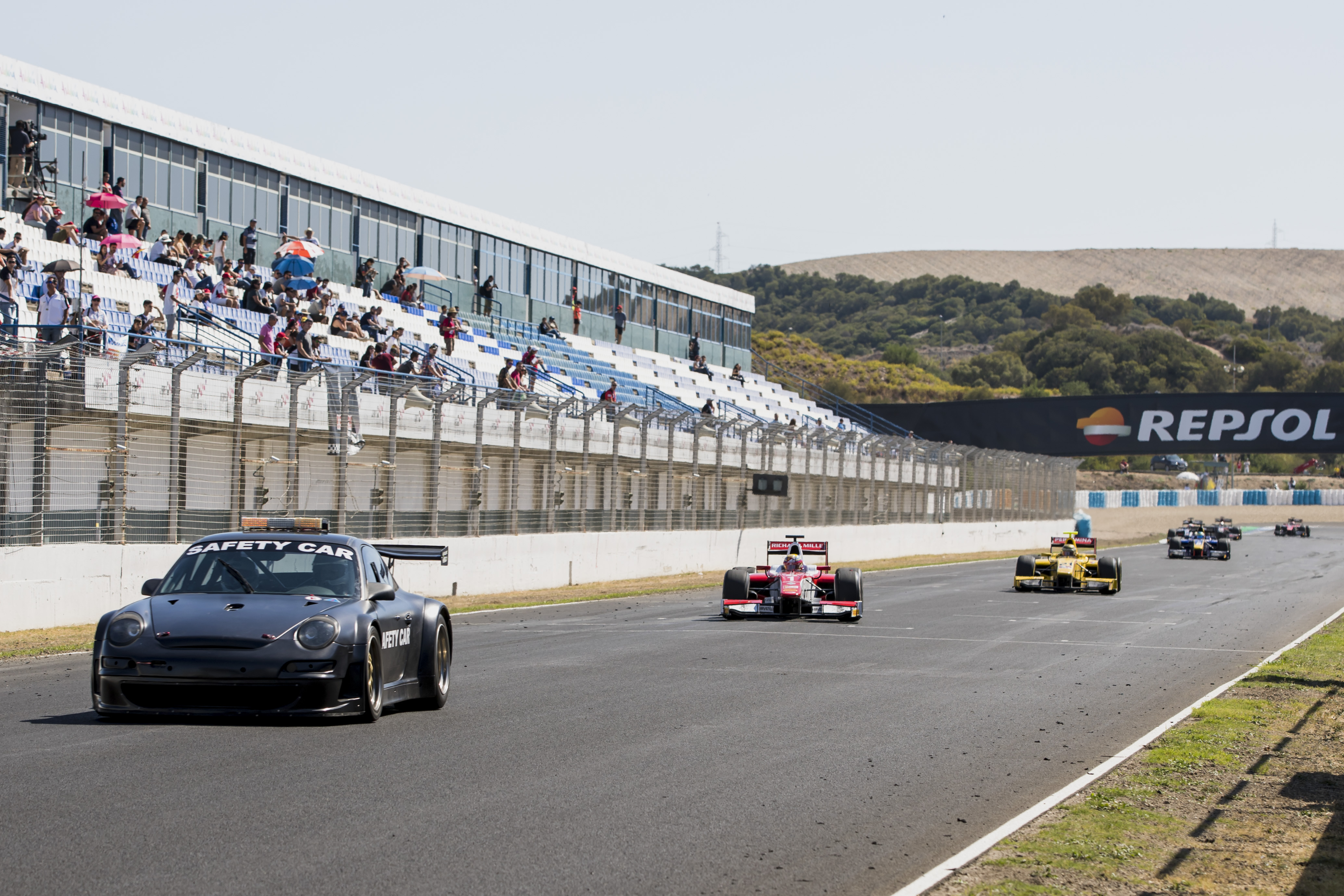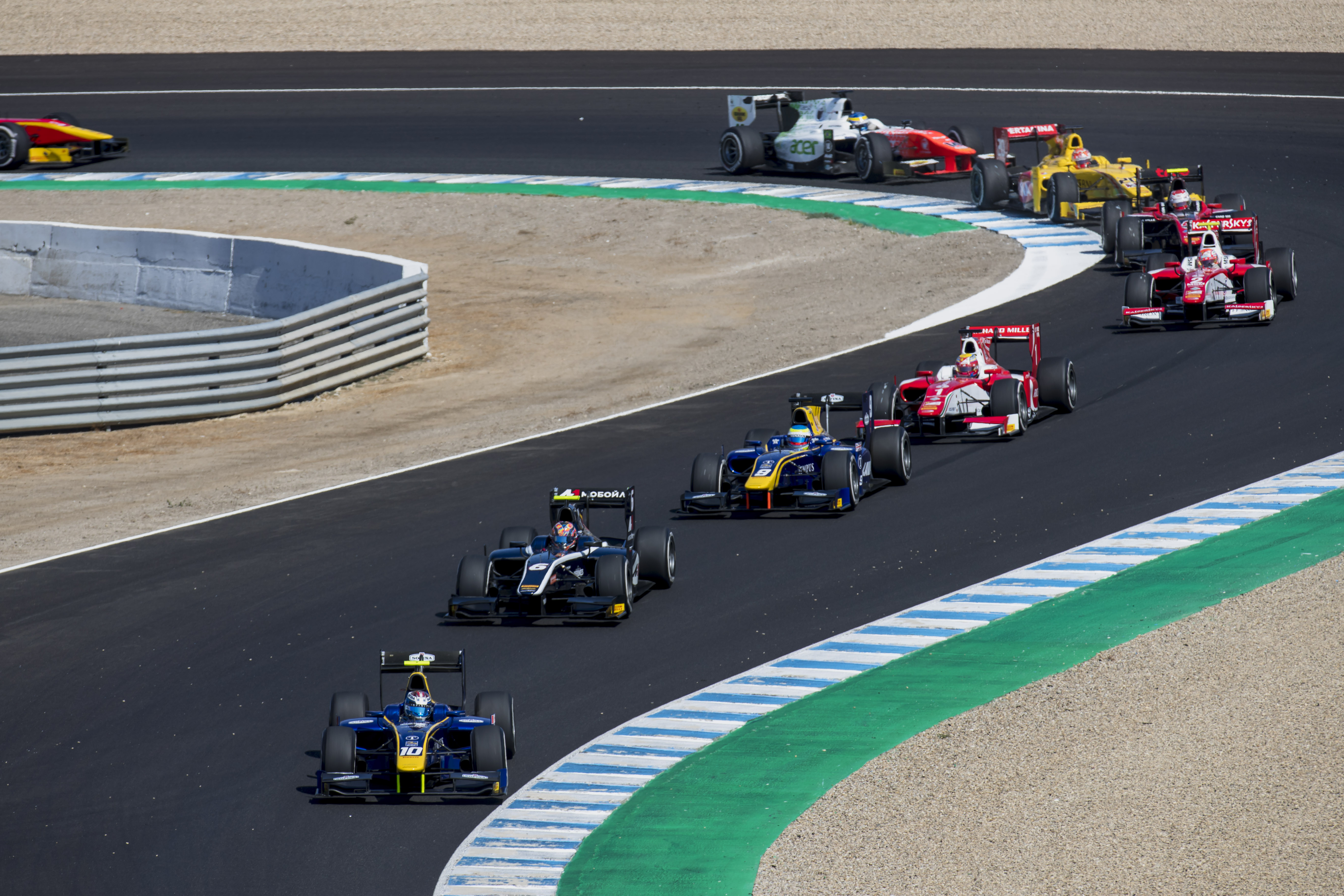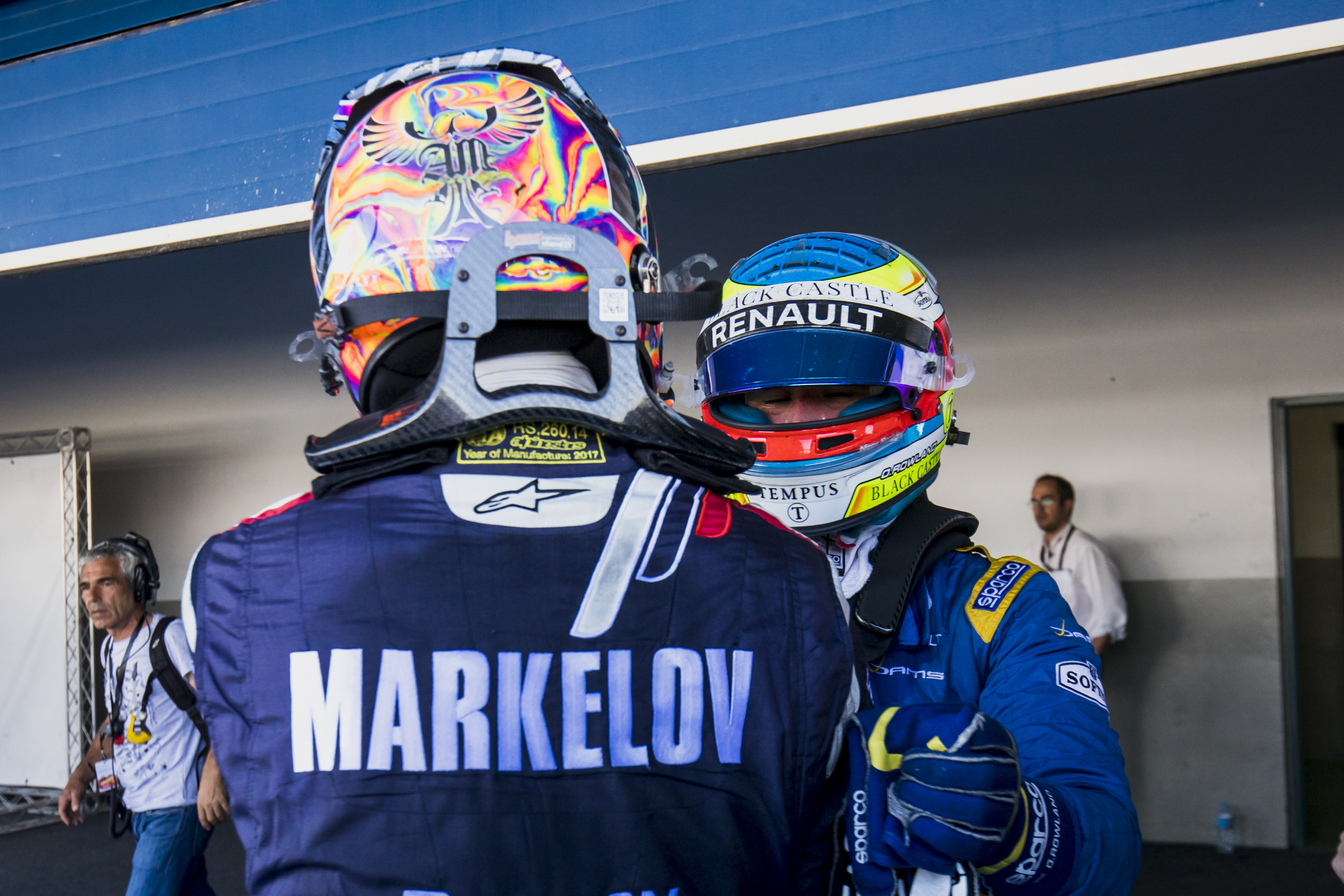Today’s sprint race in Jerez may not have been the most dramatic or exciting race, thanks to a lack of on-track action, but the attending crowd didn’t care. They made it known that their home hero had won, making it another Marquez 1-2.
Marc Marquez is used to accolades, awards and records. Today, he has added another one to the list as he becomes the first rider to win 5 consecutive sprint races. The adoring crowd were clearly thrilled with the result, and the noise of their support became deafening before the checkered flag had even fallen.
He was joined on the podium, which took place at the stadium section of the track, by his younger brother Alex Marquez. Alex had looked incredibly fast during practice sessions but a big crash on Friday afternoon left him needing to reset before Saturday’s action.
The two brothers were dancing together during the podium, and rousing the crowd as they soaked up their celebrations.
Your #TissotSprint winner 🥇 All yours, @marcmarquez93! #SpanishGP 🇪🇸 pic.twitter.com/XpdRMWL9J2
— MotoGP™🏁 (@MotoGP) April 26, 2025
The final podium finisher was Pecco Bagnaia who, despite being all smiles during the podium, told media he “needed to improve”.
It has been a rollercoaster day for Fabio Quartararo. He took a stunning pole position earlier today and enjoyed the lead for the first lap. Sadly, when Marc Marquez put the pressure on him, he went out wide onto the dirty part of the track. The lack of grip sent the bike sliding out from underneath him and he ended his day early in the gravel.
Final kudos of the day go to Franco Morbidelli, who came back from a huge crash in warm-up to take 5th in the sprint, and Maverick Vinales, who dragged his KTM machine to an impressive 6th.
As It Happened
As the lights went out at the start, poleman Fabio Quartararo was instantly having to fight off home hero Marc Marquez, who overtook him to take 1st before they reached turn 1. Quartararo fought back at the first corner and reclaimed the lead. It was a beautiful battle between two class riders.
Alex Marquez had a great start and quickly claimed 3rd place from Pecco Bagnaia, who was quickly under pressure from Franco Morbidelli. Further back, rookie Fermin Aldguer claimed 6th from Maverick Vinales. A few corners later, Aldguer lost the rear of his bike at turn 11 – he somehow kept the bike upright, showing skills beyond his rookie experience. He lost time and fell back to Vinales and Fabio Di Giannantonio, who put him under pressure.
On the second lap, just as Quatartararo was looking comfortable, Marc Marquez came up alongside him showing the speed difference between the Ducati and Yamaha. As they entered turn 6, Fabio went wide as Marquez claimed the lead, putting him out on the dirty part of the track. This prematurely ended his race as he lost grip and the bike went down into the gravel.
View this post on Instagram
With two laps completed, we now have Marc leading from his brother Alex with a 0.4s gap between them. Bagnaia was a further 0.8 seconds behind him, having fended off the challenge from Morbidelli. Di Giannantonio was now in 6th, ahead of Vinales, with Aldeguer still able to hold them off and keep 6th.
Alex Marquez, who had been very fast in practice sessions, was unable to bring the fight to his brother, and the whole field settled into their rhythm. The rest of the sprint race went on without drama.
The only action for the rest of the race came on lap 5, when Jack Miller went down at turn 6 and then Johann Zarco who went down at turn 2 on lap 6.
Everything was calm for the rest of the race and Marc Marquez was able to cruise on the final few laps, thanks to building a 1.3 second gap to 2nd place.
Result: Top 10
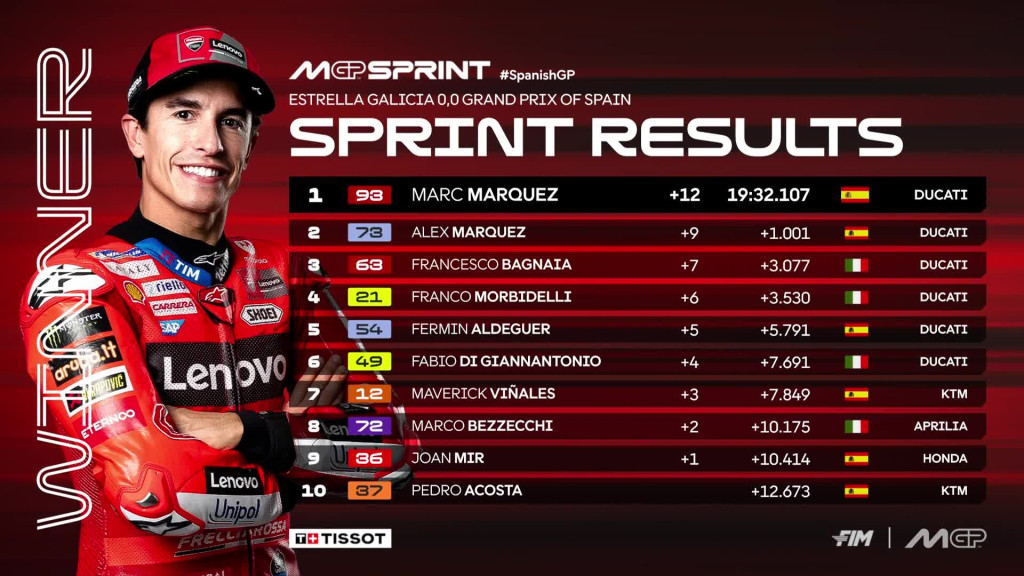
Feature Image Credit: Ducati
